By Greg Mellen
The new Wellspace at San Juan Hills High is not your average high school room. A rattan egg chair sits in a corner, flanked by yoga matts, and comfortable chairs along the far wall. Along one wall are assorted art supplies, coloring pencils and brushes, plus breathing and stress balls.
About the only thing that says “school” is a table in the center of the room where a group can gather.
On Monday, Oct. 2, San Juan Hills High became the latest in the Capistrano Unified School District and Orange County Department of Education to unveil a wellness room for its students.
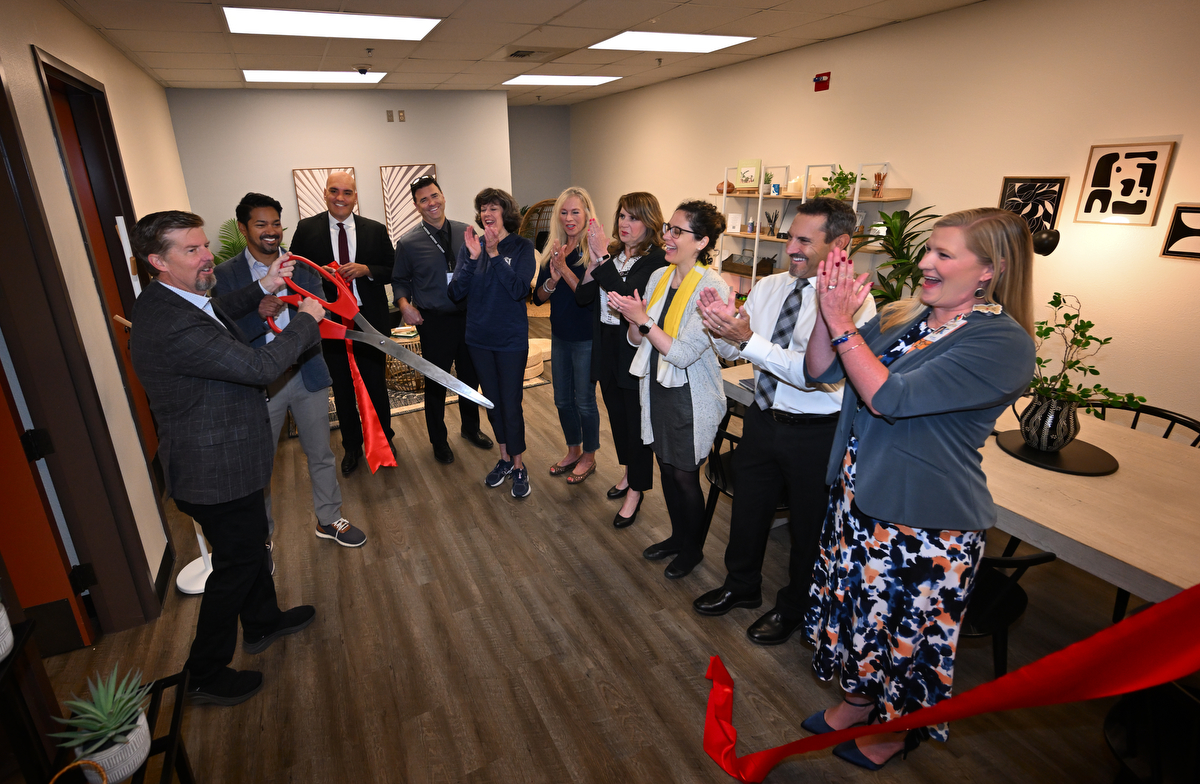
Photo by Steven Georges/CUSD Insider
In an era when students are experiencing mental crises at an alarming rate, wellness rooms are quickly becoming a popular way to help students. Those who are feeling anxious or stressed out can take a quick break, unwind, and reset themselves before returning to class or seeking added help. Trained counselors are available if needed to help students identify triggers and practice coping strategies.
In January, CUSD unveiled its first room at Niguel Hills Middle School.
San Juan Hills became the 33rd school in the county to open a wellness room since McAuliffe and Oak middle schools in Los Alamitos started the trend in the 2020-2021 school year.
The Department of Education is partnering with CHOC (Children’s Hospital of Orange County) to design and outfit the rooms. The SJHHS room was supported by a donation from the Clavis Foundation.
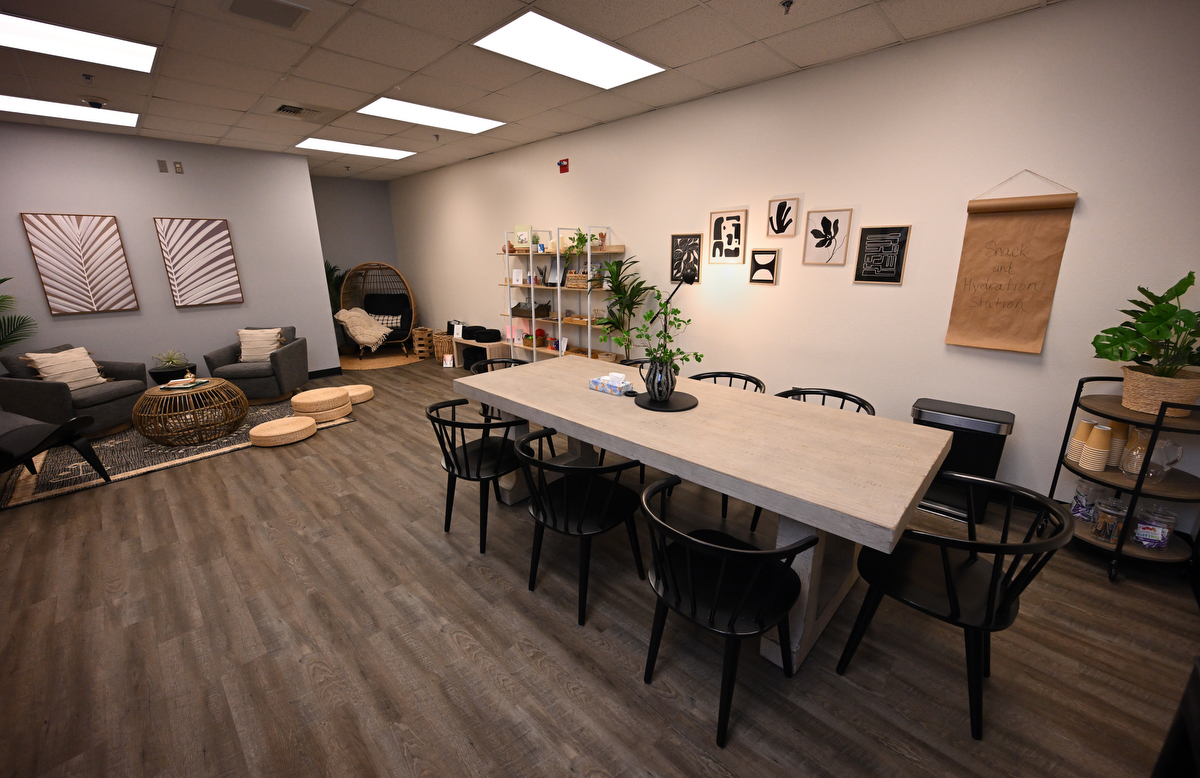
Photo by Steven Georges/CUSD Insider
Principal Manoj Mahindrakar, speaking to about 35 officials who came for a ribbon-cutting ceremony, said he was delighted to be one of the campuses awarded with a room.
When the school was asked about its interest in the room in the spring of 2023, “for us the answer was ‘absolutely,’ if it aligns with our culture and philosophy,” Mahindrakar said.
Mahindrakar said the school’s foundation is rooted in “support and care,” and the wellness room exemplifies those. Already, he says, the space has become important, noting that the school made it available to a student who asked for a quiet place where he could do daily prayers. The room is also used by student groups and counselors for meetings, he said.
In an environment in which students are hustling between classes and activities, the wellness room provides, “a space to go when they need a moment,” said CUSD Superintendent Dr. Chris Brown.
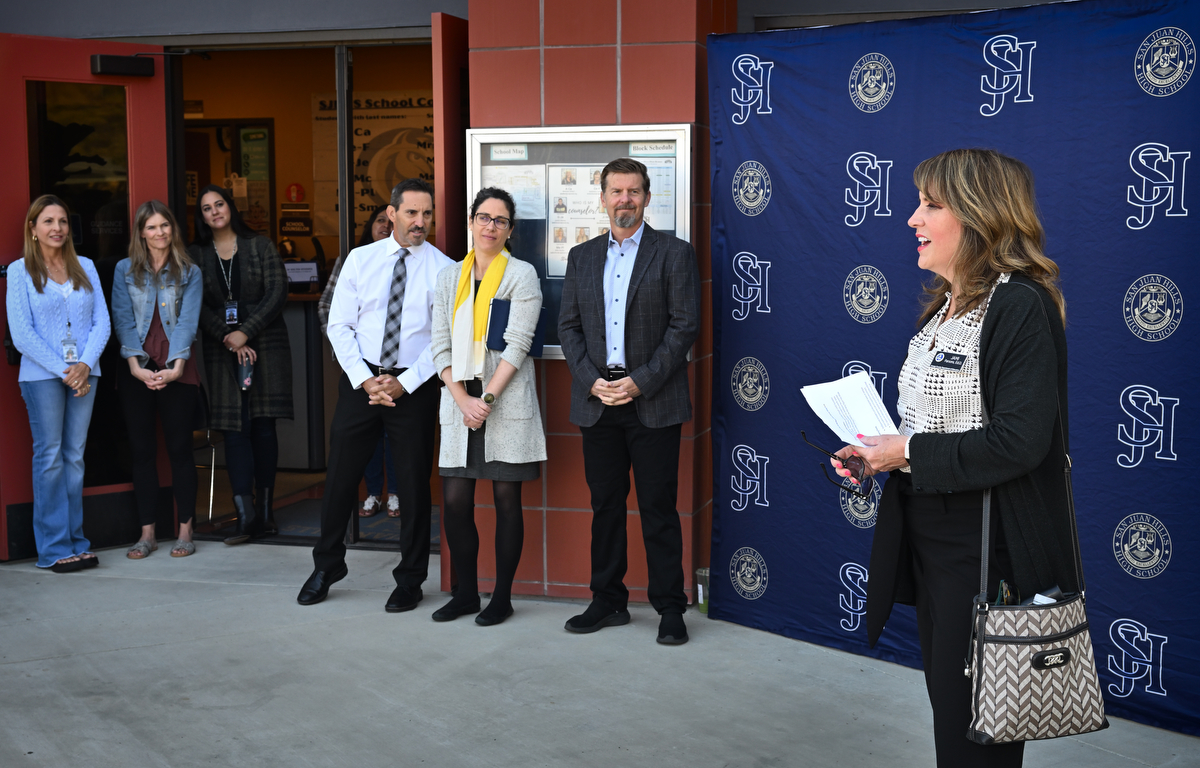
Photo by Steven Georges/CUSD Insider
A growing trend
The phenomenon of wellness rooms, whether they are called rooms, centers, or spaces, has definitely grown.
“It’s caught on like wildfire,” said Paulina Degotari, Wellspace Coordinator for OCDE, who estimated 20 to 25 more rooms across the county would be open in the next school year.
Jami Parsons, Director of Educational Services, said the goal was to have wellness rooms in every middle school in OCDE’s 28 districts within four years.
In 2021, the U.S. Attorney General declared a National State of Emergency in Children’s Health, noting the negative impact of the COVID-19 pandemic on an already fragile youth population. According to the Centers for Disease Control, “The number of adolescents reporting poor mental health is increasing.”
A Surgeon General’s advisory reported, “in 2019, one in three high school students and half of female students reported persistent feelings of sadness or hopelessness, an overall increase of 40 percent from 2009.”
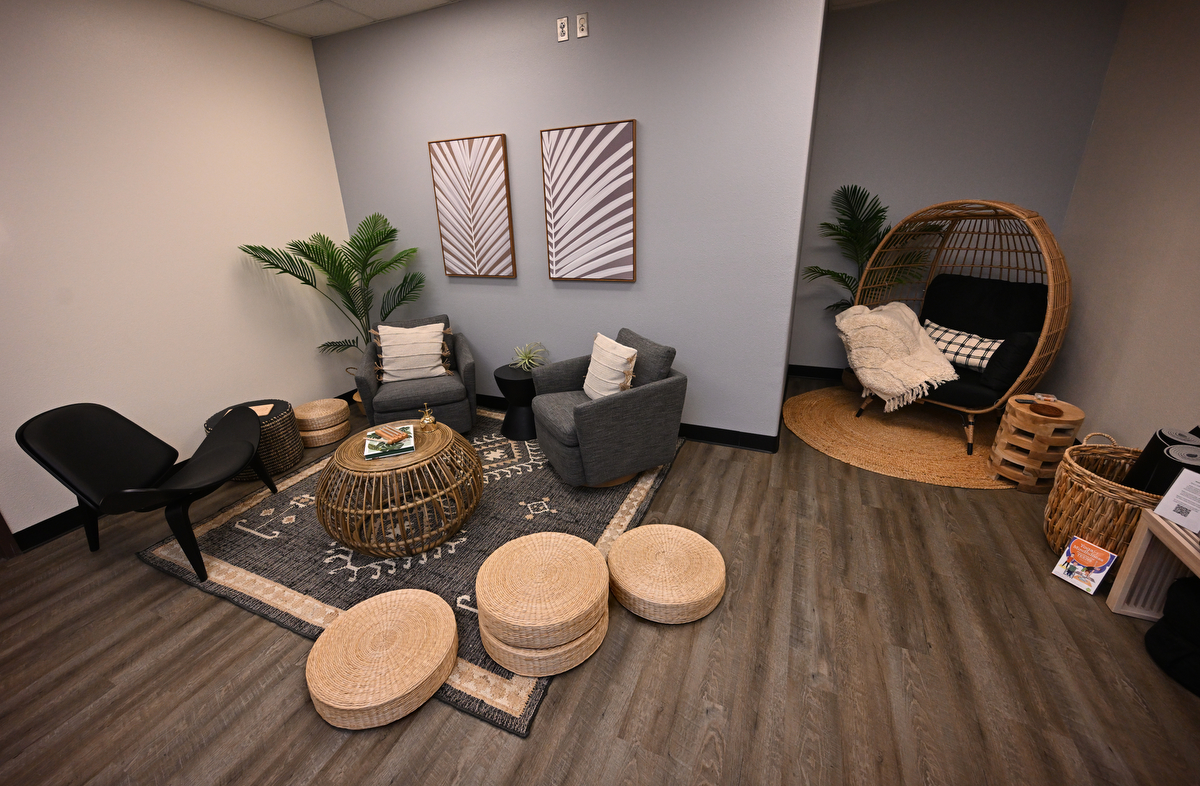
Photo by Steven Georges/CUSD Insider
“It would be a tragedy if we beat back one public health crisis only to allow another to grow in its place,” Surgeon General Vivek H. Murthy wrote in the advisory.
Prior to wellness rooms, students who went to class stressed and acted out may have been kept after class or removed and sent to the school nurse or the counselor’s office for disciplinary action. Wellness rooms have become a way to proactively engage with kids in a preventative way.
As Dr. Michael Weiss, a pediatrician and vice president of population health for CHOC, said “not all youth need clinical level treatment.”
Sometimes, problems in class can be forestalled or even eliminated if students “have a moment to regulate,” according to Parsons.
The setting matters as well. Rather than sitting in an office with a desk, “When you have a conversation in here, the demeanor changes,” Mahindrakar said.
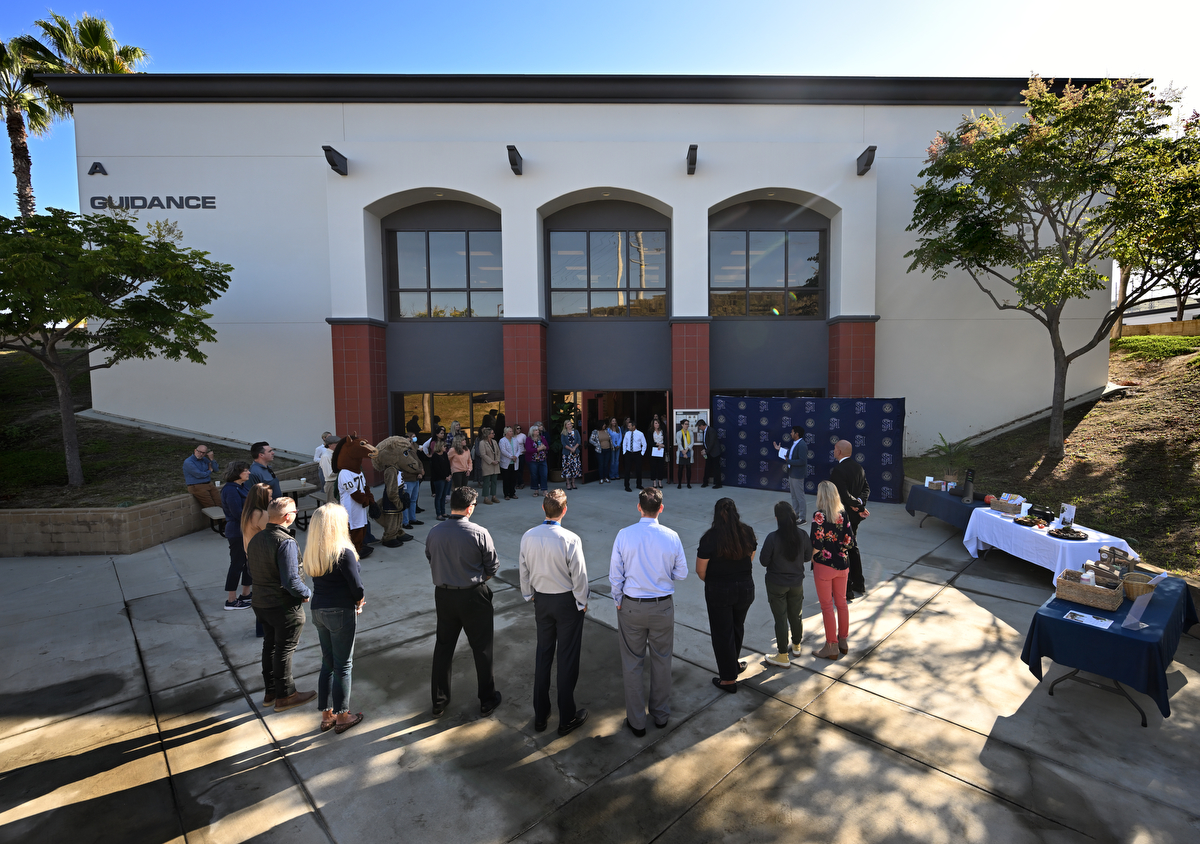
Photo by Steven Georges/CUSD Insider
“As soon as you step in, you get a sense of calmness and purpose,” said Refugio “Cuco” Gracian, Executive Director for Cultural Proficiency for the district.
Stuart McClure, President of the Clavis Foundation, which donated funding for the room and is planning for a similar involvement at a school in Corona Del Mar, said he wished that such things as wellness rooms had been around when his kids had gone to school.
“All he needed was a place like this,” McClure said of a son who struggled with the school experience. “A place that could have helped ground and stabilize was non-existent…It would be good to just know there are anchor spots.”
In launching the wellness rooms project in Orange County, “we brought together like-minded people to look at health — physical, emotional, social, and academic,” Weiss said. “This was heartfelt for them.”
As the group prepared to tour the San Juan Hills High room, Dr. Brown said, “I don’t want to stand between you and your Zen.”
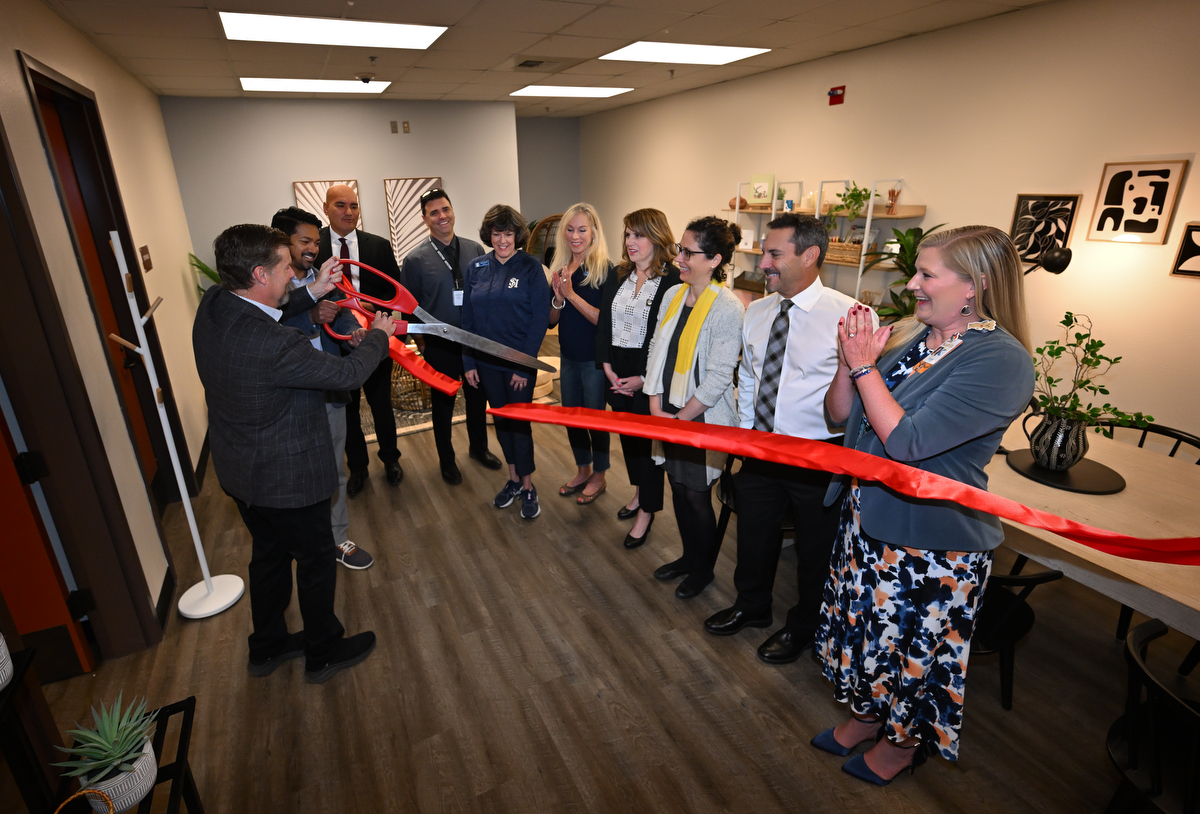
Photo by Steven Georges/CUSD Insider
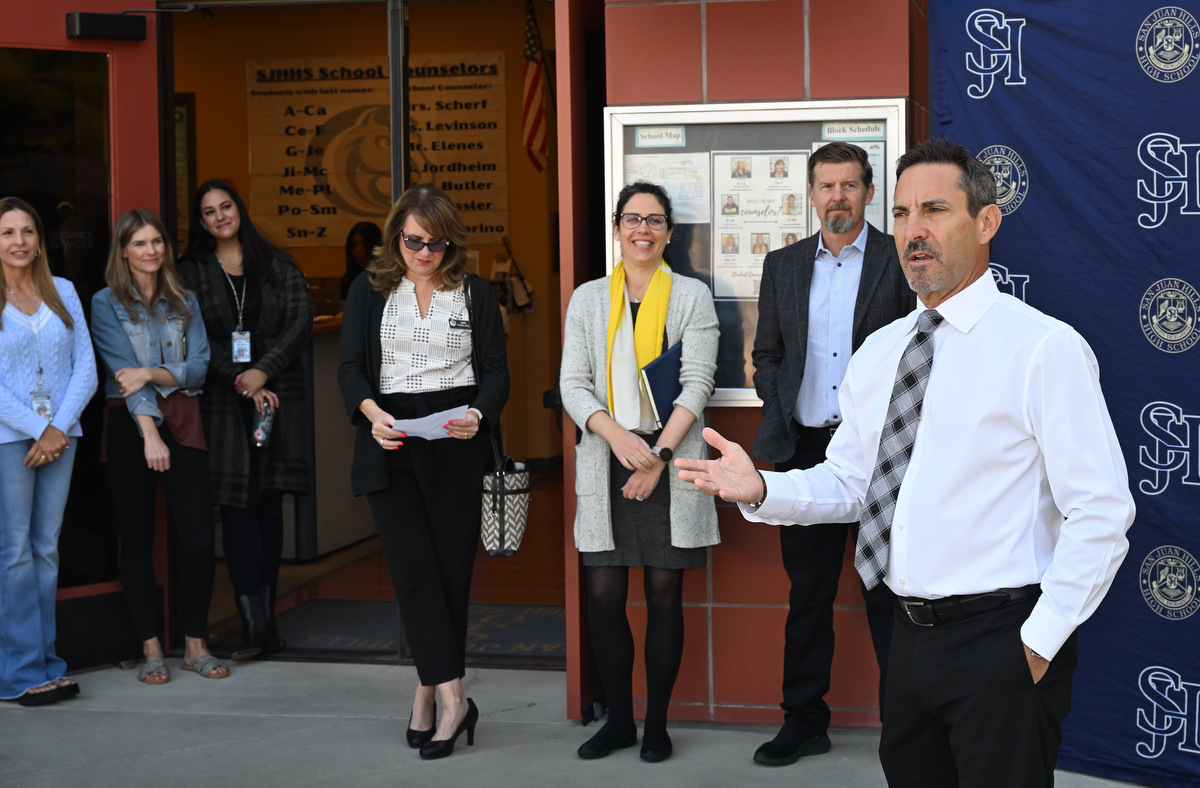
Photo by Steven Georges/CUSD Insider
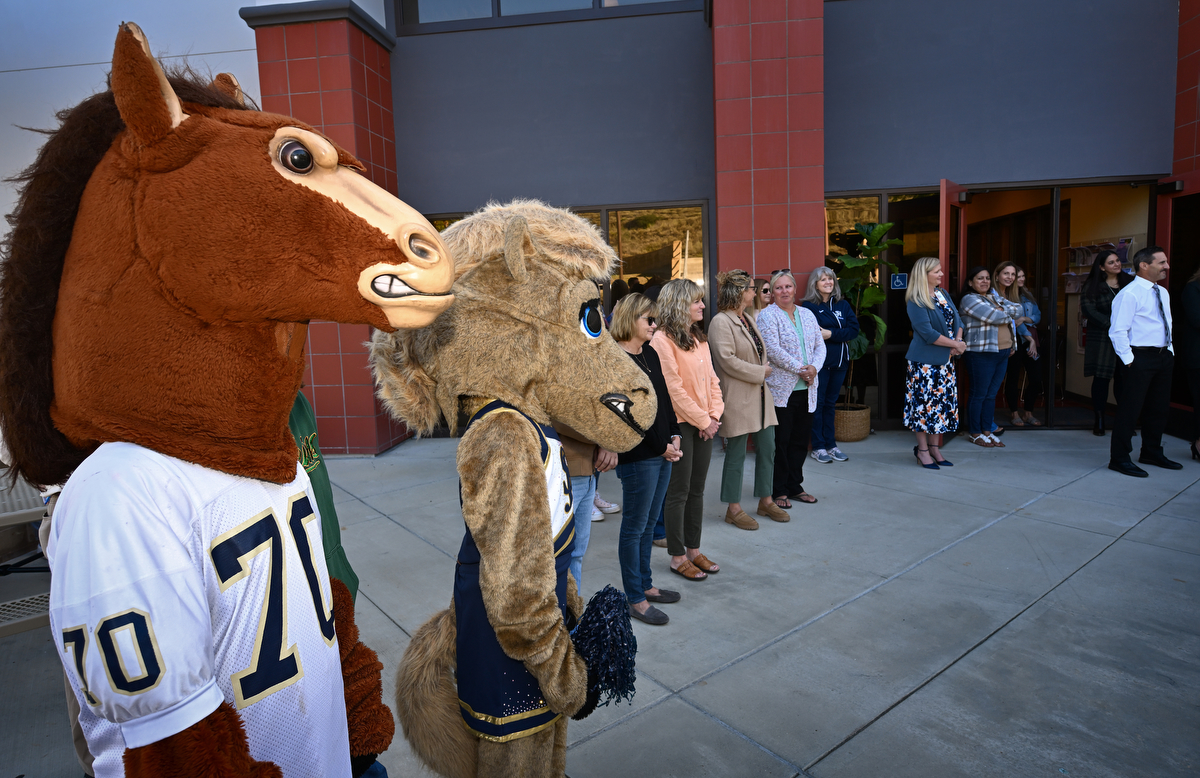
Photo by Steven Georges/CUSD Insider
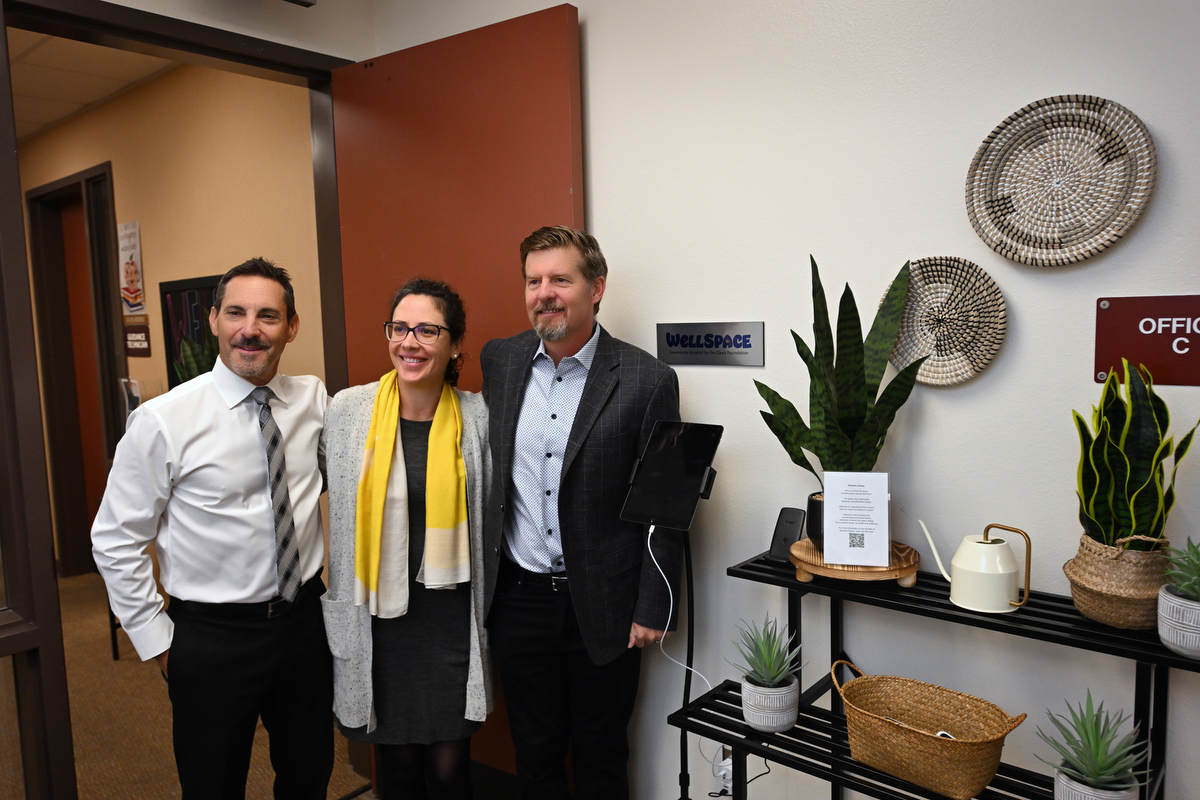
Photo by Steven Georges/CUSD Insider

Photo by Steven Georges/CUSD Insider

Photo by Steven Georges/CUSD Insider
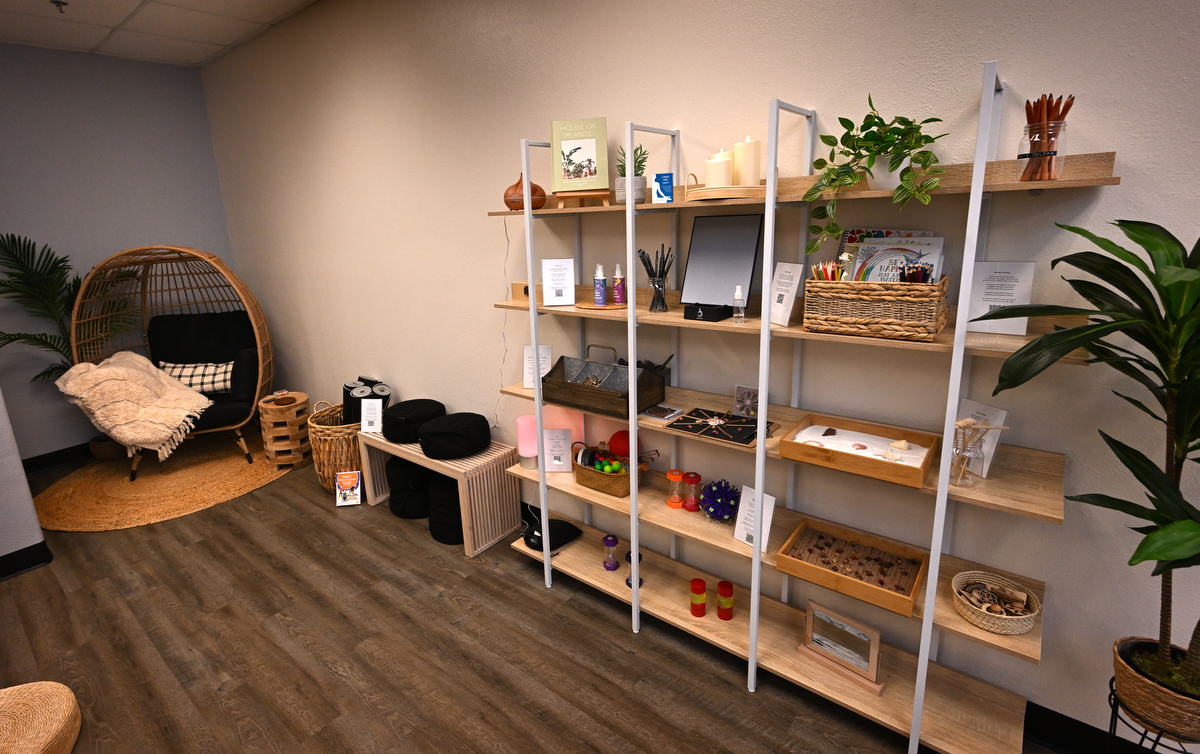
Photo by Steven Georges/CUSD Insider
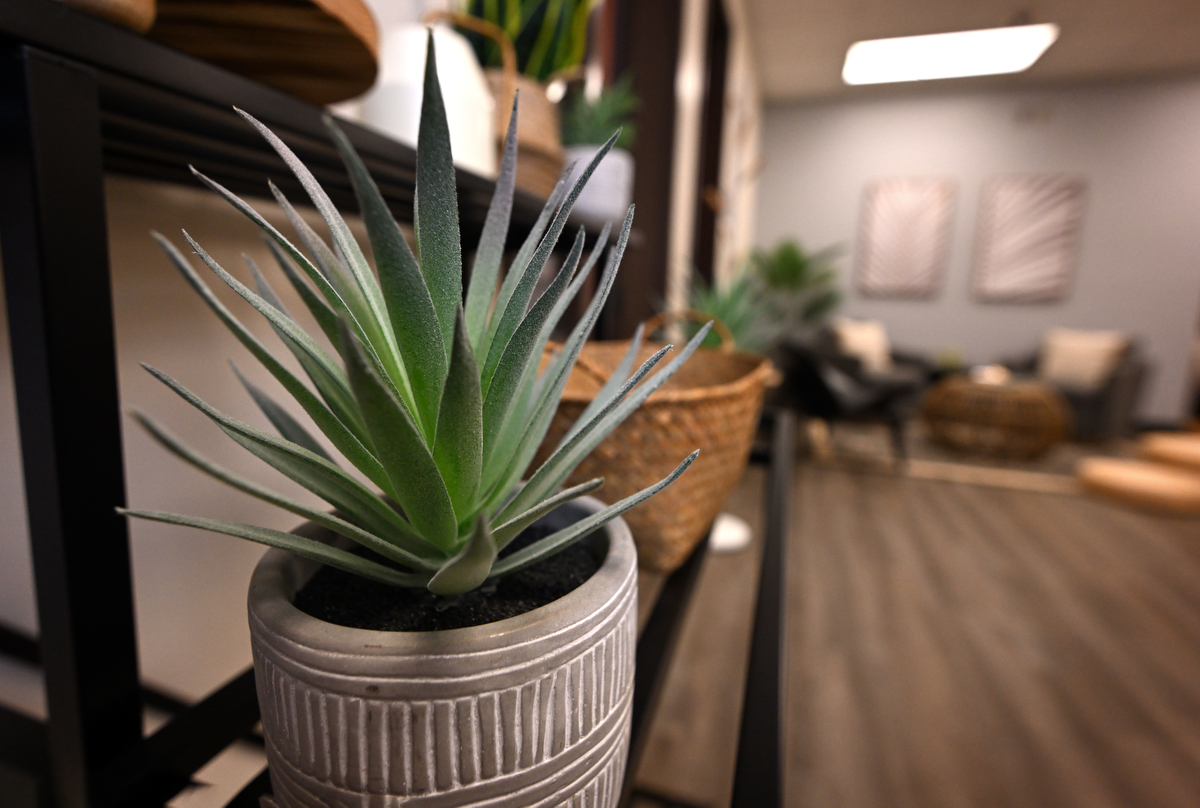
Photo by Steven Georges/CUSD Insider
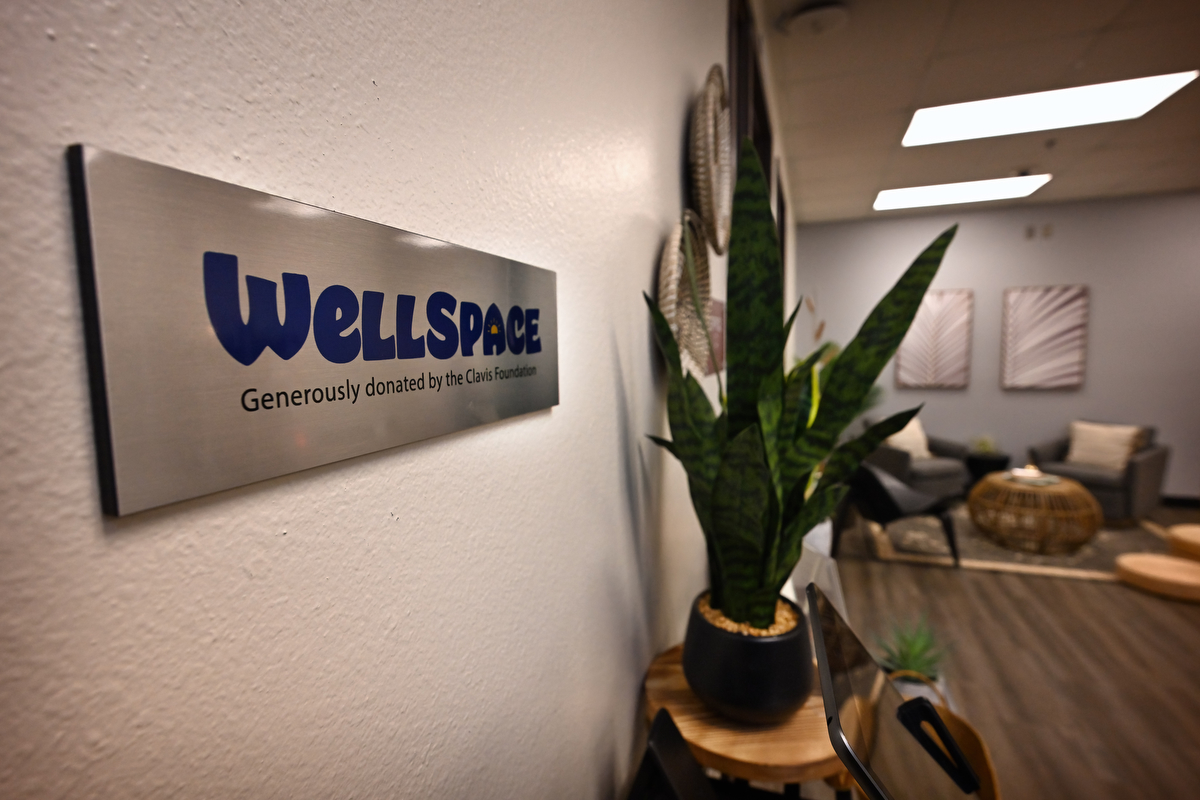
Photo by Steven Georges/CUSD Insider

Photo by Steven Georges/CUSD Insider
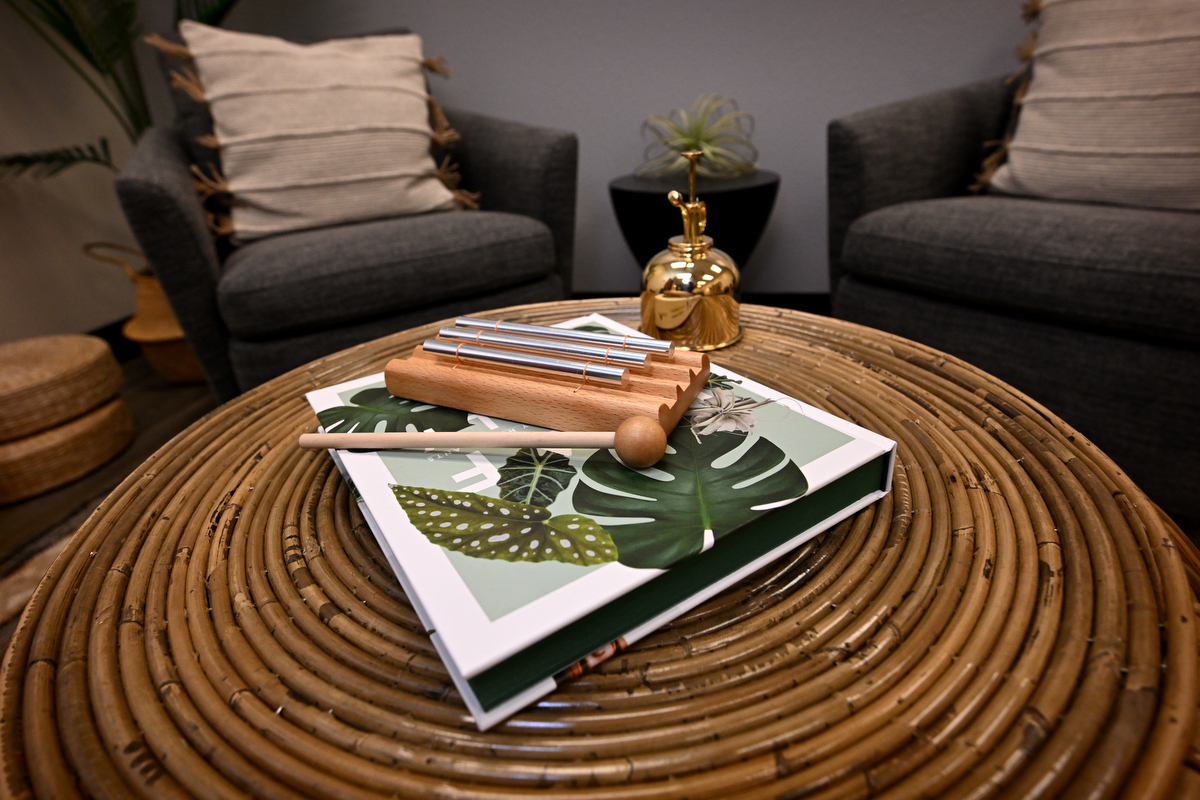
Photo by Steven Georges/CUSD Insider
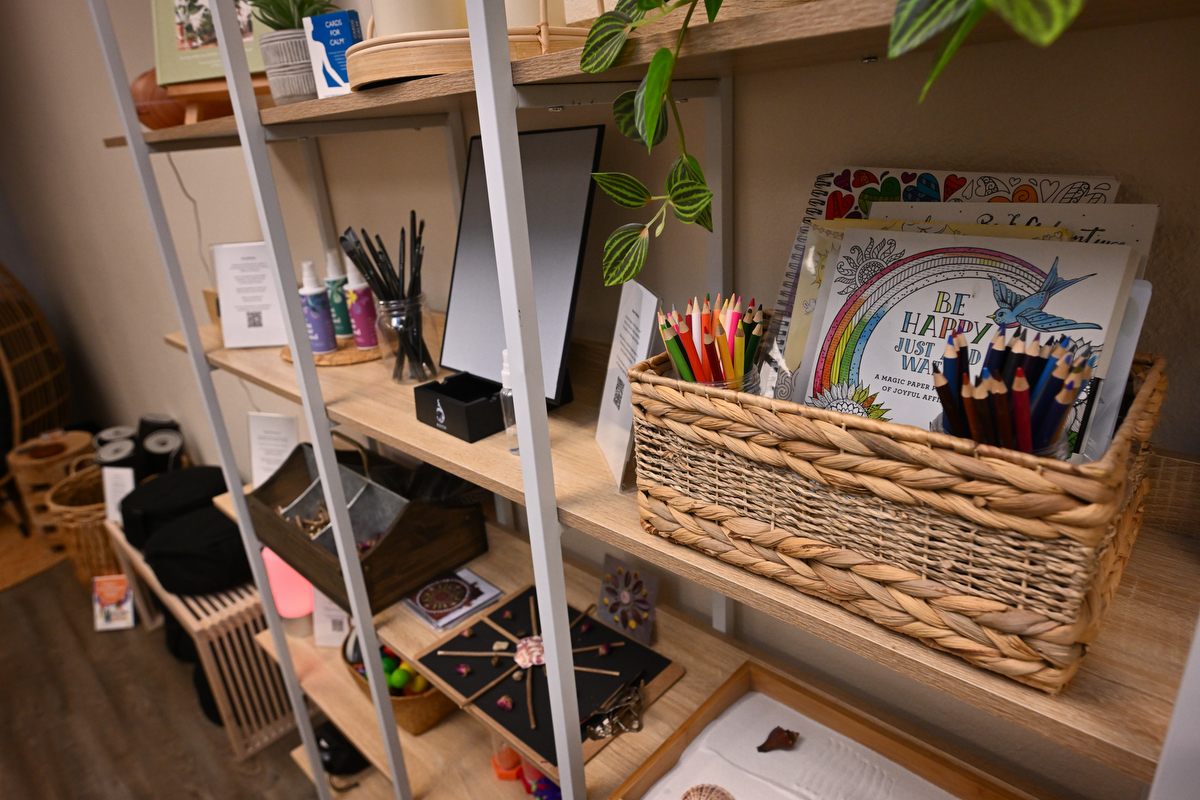
Photo by Steven Georges/CUSD Insider

